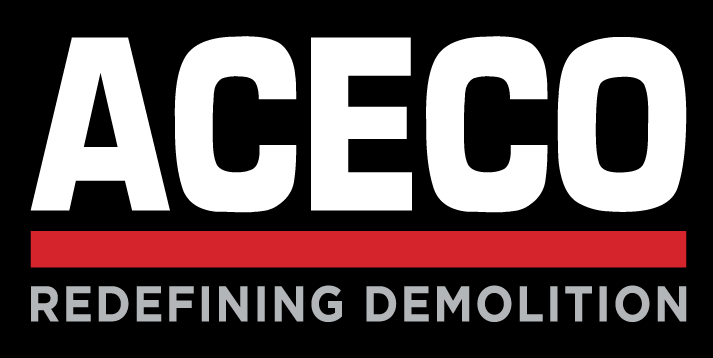So, you have an existing commercial building and wonder what the best and most profitable use for it may be-
There are many decisions to be made, and many pitfalls you’ll want to avoid along the way. In this two-part series, we’ll explore some of the basic core issues you will need to factor into your plans.
Do you have an existing multi-story office building in a desirable location that would be ideally suited for conversion to residential use? Do you have an industrial or warehouse building that would be ideally converted to mixed-use or lifestyle (gym, health club, etc.) use? Do you have an outdated looking building that could be totally transformed with a façade replacement? Do you have a less-than-desirable building that is occupying space on valuable property that would be ideal for re-development if the building were to disappear?
Perhaps there are local or federal incentives for redevelopment that you will want to capitalize on, or possible hurdles caused by local opposition to what you may have in mind that will sway your final decision one way or another. At the end of the day, an ideal project is one which fits or fills a need of the local community, and which is going to be a welcome addition to or help the revitalization of that community.
Although you may have what you think is a great and solid plan, design professionals are critical to making sure your ideas are feasible and consistent with what is allowable and marketable in your particular situation. You will want to make sure to hire a design team (architects, engineers, general contractor, and marketing/advertising professionals) who will listen to your input and work to incorporate your best ideas into the best and most marketable features of the project.
Knowing the type of work to be performed and having a solid track record and proven history of successfully completing these specific types of projects is critical to the success of this team and this project. Designs that do not lend themselves to simple applications in structural support, layout and flow of mechanical systems, or excessive intricacy of facades and architectural features can drastically and unnecessarily increase costs.
Additionally, you want a team that is thorough and experienced to reduce and/or significantly limit the potential for change orders and unforeseen work scope. The more clearly you can detail and identify existing conditions, the less chance for opportunistic subcontractors to take advantage of unknown or hidden conditions that can lead to hundreds of thousands of dollars in change orders. You will want to ensure that only the best and most reputable subcontractors are part of your team to ensure that they wont take advantage of hidden conditions, and will instead proactively assist to identify potential trouble issues at bid time.
There are many things to consider when re-purposing your existing commercial building, but if you take your time to fully grasp the demands of your project and hire an experienced team, you will be well on your way to successful redevelopment. This is a two-part series on re-purposing your commercial building. In part one, we looked at some of the basic issues you need to factor into your plans. In part two, we will discuss relevant Environmental Concerns, Recycling, Reuse, LEED, and Indirect Marketing: Interaction with the Public and Traffic.
Stay tuned, and thanks for reading!
If you are contemplating demolition, abatement, or renovation projects on your commercial property, contact the professionals at ACECO today. We are happy to answer questions and ensure the safety of your undertaking.
Back to all Blogs & News